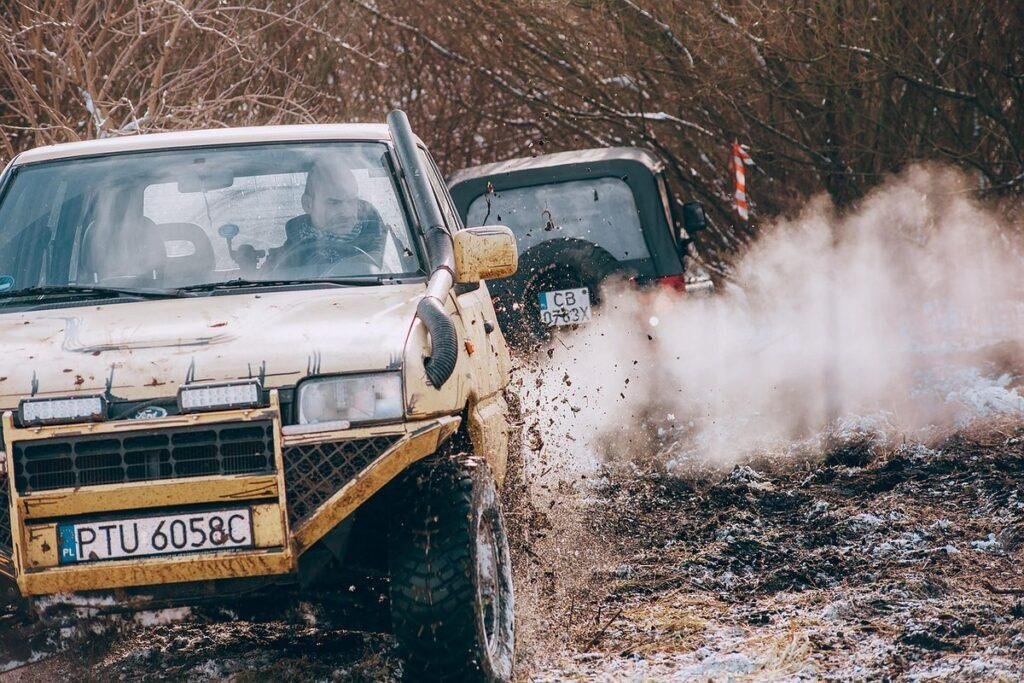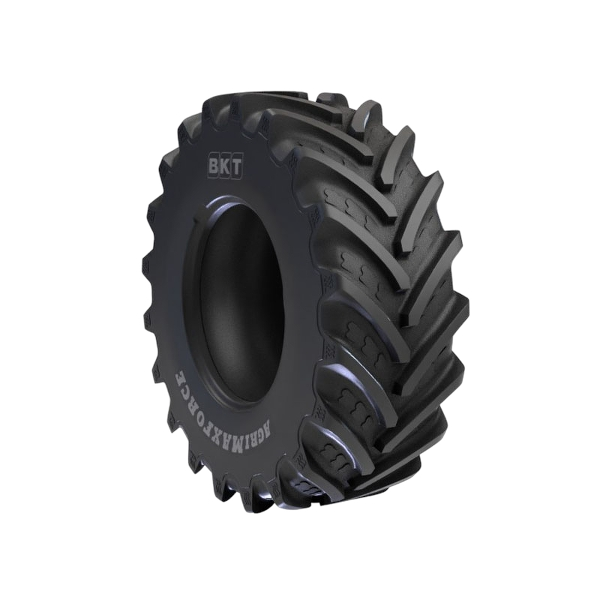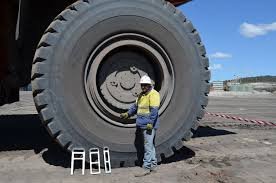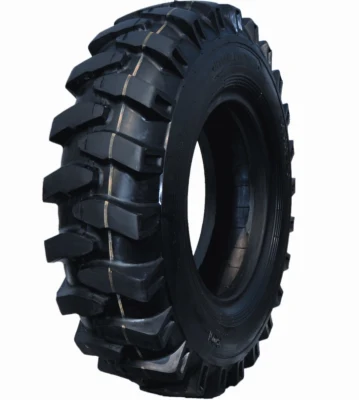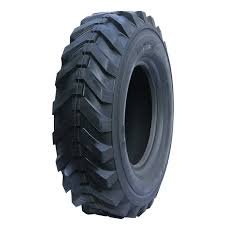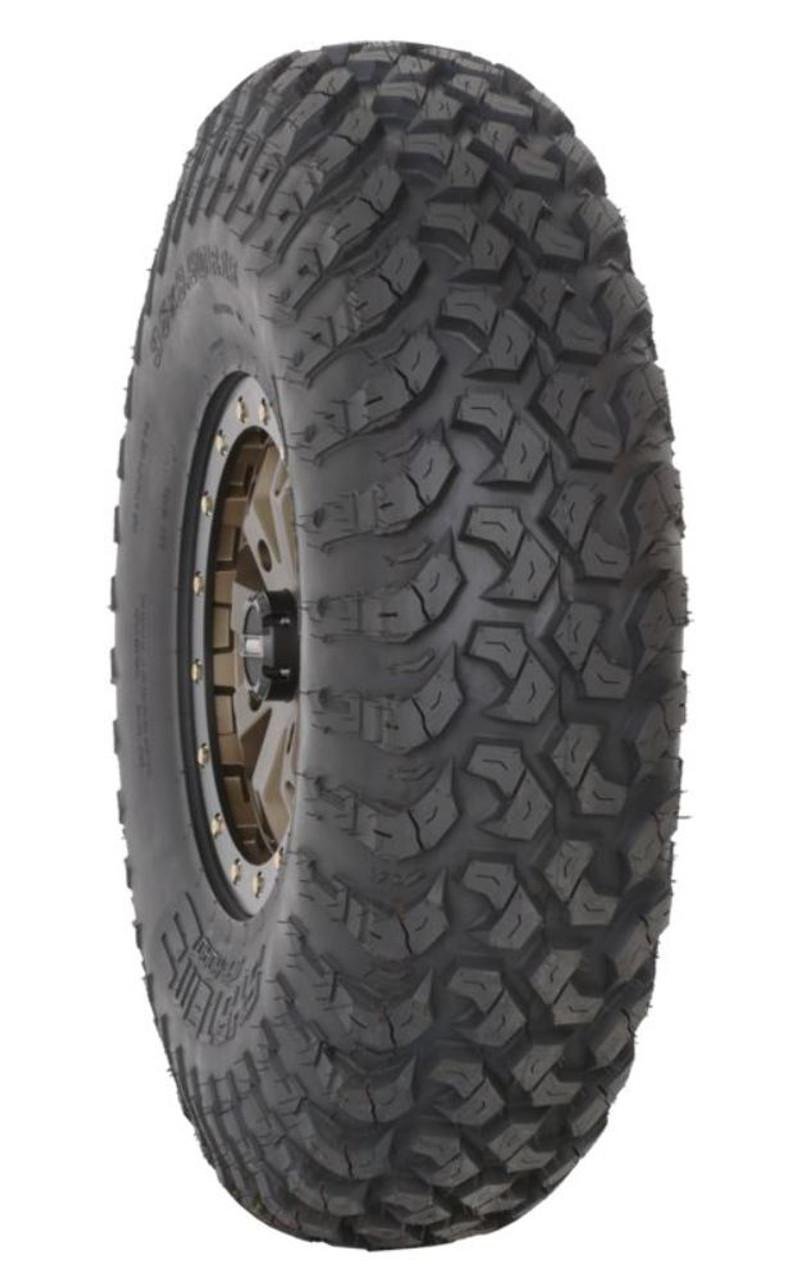Conquering the Trail: Your Ultimate Guide to 14-Inch Off-Road Tyres
So, you’ve got a compact 4×4, a classic SUV, or a rugged utility vehicle, and you’re ready to take it beyond the pavement. You’re dreaming of muddy tracks, rocky paths, and sandy dunes, but there’s one crucial element standing between you and adventure: your tyres. If you’re running on standard road tyres, your off-road potential is severely limited. The good news? You don’t need a massive truck with huge wheels to have a genuine off-road experience. The secret weapon for smaller vehicles is often found in the versatile world of 14-inch off-road tyres. This comprehensive guide is designed to be your roadmap to understanding, selecting, and getting the most out of these traction-packed tyres, transforming your capable vehicle into a true trail conqueror.
Why Choose 14-Inch Off-Road Tyres?
While the off-road world is often dominated by images of trucks rolling on massive 20-inch wheels, the 14-inch size holds a special place. These tyres are specifically engineered for a range of smaller, often highly capable, vehicles. The primary advantage is the higher sidewall. A 14-inch wheel allows for a greater amount of rubber between the rim and the road (or rock, or mud). This increased sidewall height is critical for off-roading. It provides better absorption of bumps and impacts, helps protect your wheels from damage, and perhaps most importantly, allows you to air down significantly to increase the tyre’s contact patch for vastly improved traction in sand, snow, and mud.
These tyres are the perfect match for a host of iconic and practical vehicles, including the Suzuki Jimny, Suzuki Vitara/Sidekick, older Toyota RAV4 models, Mitsubishi Pajero Mini, many Japanese Kei trucks, classic Land Rover Defenders (in certain trims), and a variety of compact pickup trucks and utility vehicles (UTVs). If your vehicle left the factory with 14-inch wheels, upgrading to a dedicated off-road tyre is the single most effective modification you can make for traction and capability.
Key Features to Look For in a 14-Inch Off-Road Tyre
Not all off-road tyres are created equal. Understanding the key features will help you choose the perfect set for your driving style and terrain.
Tread Pattern and Design
The tread is the heart of the tyre’s performance. Look for large, chunky tread blocks with wide, deep grooves (called voids) that channel mud, water, and snow away from the tyre to prevent clogging and maintain grip. Aggressive sidewall lugs are also a key feature of serious off-road tyres, providing additional bite in ruts and when climbing over obstacles.
Rubber Compound and Construction
Off-road tyres use a more robust rubber compound that is resistant to cuts, chips, and abrasions from sharp rocks and debris. Many feature reinforced sidewalls, often branded as “BSW” (Banded Sidewall) or with terms like “Durawall” or “Armor-Tek,” to resist punctures and damage when airing down or navigating technical terrain. This robust construction is what separates a true off-road tyre from an all-terrain or highway tyre.
Load Rating and Ply
Pay close attention to the load rating (e.g., Load Range C, D, E). This indicates how much weight the tyre can safely carry. Ensure the tyres you choose meet or exceed the manufacturer’s specifications for your vehicle. A higher load range typically means a stiffer, more durable tyre with more piles (layers of fabric and steel in the construction), which is beneficial for heavy loads and tough conditions but can slightly impact on-road ride comfort.
Top Brands and Models for 14-Inch Off-Road Tyres
While the selection in the 14-inch size isn’t as vast as for larger diameters, several renowned manufacturers produce exceptional options. It’s always best to consult the official manufacturer sites, like the BFGoodrich tire website, to see their latest offerings and detailed specifications.
All-Terrain (A/T) Options
All-Terrain tyres are the perfect balance for drivers who split their time 50/50 or 60/40 between on-road and off-road. They offer a quieter, more comfortable highway ride than mud-terrains while still providing competent performance on light to moderate trails, gravel, and in winter conditions.
- BFGoodrich KO2: The gold standard for all-terrain tyres. Known for incredible durability, excellent traction, and a tough sidewall. A popular choice for serious enthusiasts who demand proven performance.
- General Grabber A/TX: A strong competitor that offers great all-around performance, good manners on wet roads, and aggressive looks.
Mud-Terrain (M/T) Options
If your goal is maximum traction in the nastiest conditions—deep mud, rocks, and extreme terrain—then Mud-Terrain tyres are for you. Be aware that this capability comes with trade-offs: increased road noise, a firmer ride, and often reduced performance on wet pavement.
- Interco Super Swamper TSL: A legendary name in extreme off-roading. These tyres are purpose-built for mud and offer unmatched traction in deep, sticky situations. They are arguably the most aggressive option available in some 14-inch sizes.
- Maxxis Bighorn: A popular and more affordable M/T option that provides great mud-cleaning ability and a tough construction for a variety of extreme terrains.
For a different size perspective, you can also explore options for 33 Inch All Terrain Tyres to understand how sizing impacts performance.
Expert Tips for Buying and Using Your Off-Road Tyres
1. Fitment and Sizing: Will They Rub?
The most common mistake is buying tyres that are too large. Even a slightly larger diameter or width can cause the tyre to rub against the wheel well, suspension, or bodywork during articulation or steering. Always research your vehicle’s specific make and model to see what sizes other owners are successfully running. Websites like Tire Rack testing and reviews can be invaluable resources for this. Sometimes, a lift kit or fender modification may be required for larger sizes.
2. The Art and Science of Airing Down
This is the single most important technique for off-road driving. Reducing tyre pressure (e.g., from 35 PSI to 15-18 PSI for rocky terrain, or even 10-12 PSI for sand) dramatically increases the contact patch, giving you flotation and traction. It also allows the tyre to conform to obstacles, providing a smoother ride. Crucial Safety Note: Never air down for high-speed on-road driving. Always re-inflate to the manufacturer’s recommended pressure before hitting the pavement. Carry a portable air compressor to reinflate at the trailhead.
3. Rotation and Maintenance
Off-road tyres, especially aggressive treads, can wear more quickly if not properly maintained. Rotate your tyres every 5,000-8,000 miles to ensure even wear. Regularly check pressures and inspect for any damage, cuts, or embedded objects. Proper alignment is also critical to prevent premature and uneven wear.
4. Understand the On-Road Trade-Offs
Be prepared for changes in on-road behavior. Off-road tyres, particularly M/Ts, will be louder, may vibrate more, and can negatively impact fuel economy due to their weight and rolling resistance. They may also offer less grip on wet roads. Adjust your driving style accordingly, leaving more space for braking and avoiding aggressive cornering. Resources from the American Automobile Association (AAA) often have great tips on tire safety and vehicle handling.
Safety Considerations You Can’t Ignore
Your tyres are your only connection to the ground; their condition is a primary safety factor.
- Inspect Before You Roll: Before every off-road trip and regularly during daily use, visually inspect your tyres for any signs of damage, bulges, cracks, or excessive wear.
- Pressure Checks are Mandatory: Check pressures when the tyres are cold (before driving) for an accurate reading. Incorrect pressure accelerates wear and can lead to failure.
- Respect Load and Speed Ratings: Do not exceed the weight capacity or speed rating of your tyres. This information is molded into the sidewall.
- Age Matters: Even with plenty of tread, tyres degrade over time. Most manufacturers recommend replacing tyres that are 6-10 years old, regardless of tread depth. You can find the DOT date code on the sidewall to determine their age.
Frequently Asked Questions (FAQ)
Q: Are 14-inch off-road tyres good for daily driving?
A: It depends on the type. All-Terrain (A/T) tyres are generally very suitable for daily driving, offering a good compromise of comfort, noise, and wear. Mud-Terrain (M/T) tyres are much less ideal for daily use due to their noise, vibration, and often reduced wet-weather performance.
Q: What is the largest 14-inch off-road tyre I can get?
A: Sizes vary by brand, but one of the largest and most common aggressive sizes is 27×8.5R14 or a 27x9R14. Some specialized brands may offer even larger sizes, but fitment on stock vehicles is extremely unlikely without significant modification.
Q: Do I need to get new wheels when I buy new off-road tyres?
A: Not necessarily. If your existing wheels are in good condition (not bent or corroded) and are the correct width and offset for the new tyre size, you can mount them. However, many off-roaders choose stronger steel wheels or wheels with a different offset to accommodate wider tyres and avoid rubbing.
Q: How long do off-road tyres typically last?
A: Treadlife varies dramatically based on the tyre type, driving habits, and maintenance. A high-quality All-Terrain tyre on a vehicle that sees mixed use can last 40,000-50,000 miles. A soft-compound Mud-Terrain tyre driven aggressively off-road and on pavement may last only 20,000-30,000 miles. Regular rotation is key to maximizing lifespan.
Q: Where can I find reliable reviews before I buy?
A: Beyond manufacturer sites like Goodyear or Yokohama Tire, consult expert sources like Motor Trend Magazine and user reviews on reputable retailer sites. For independent testing, organizations like Consumer Reports can provide valuable data.
Conclusion: Gear Up and Get Out There
Upgrading to a set of purpose-built 14-inch off-road tyres is a transformative modification. It unlocks the true potential of your smaller 4×4 or utility vehicle, granting you the confidence to explore further and tackle more challenging terrain. By understanding the different types of tyres available, prioritizing key features like tread design and construction, and following best practices for maintenance and safety, you can make an informed decision that perfectly matches your adventure goals. So, do your research, choose your rubber wisely, and prepare to experience your vehicle—and the great outdoors—in a whole new way.

